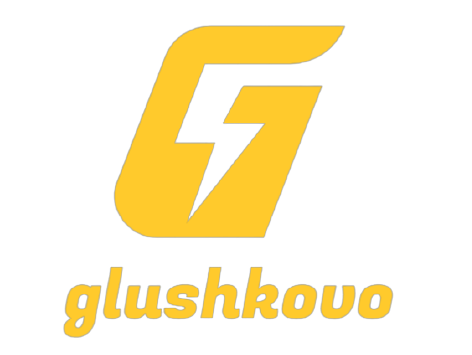Rapid prototyping is the quick creation of physical models using digital design data. In this case it involves the use of different manufacturing techniques such as 3D printing, direct write printing, and laser sintering to create whole parts in the shortest time possible.
Traditionally, electronics manufacturing would take weeks to months for completion of Low volume sheet metal fabrication. The steps involved back then included design prototyping, testing and final production. So rapid prototyping allows for fast manufacturing, iteration and testing of the designs. This in turn help engineers refine their products quickly and efficiently.
Importance of Rapid Prototyping in Electronics
Being an essential feature in electronics production, rapid prototyping tables several benefits in the electronics production sector. These benefits are:
Faster Marketing Time
Companies implementing rapid prototyping are able to stay ahead of others and bring more electronics in the market. This also means such companies will have more time interacting with the final consumers in the fields and therefore, it is easier for them to address the changing ,market conditions much faster.
Improved Product Design and Technology
Engineers are able to quickly test different designs and therefore, produce better optimized electronics that are more functional and reliable. This still puts the company ahead of its competitors since the engineers can come up with quick designs.
Reduced Risk
Electronic companies often have to carry huge risks in case they are forced to recall a product because of a failure. So to reduce these risks, it is simple for a brand to test their designs and identify potential problems, that could damage their reputation.
Enhanced Collaboration and Communication
Production teams often have to share ideas and evaluate their designs before agreeing in a final product. So, rapid prototyping facilitates better communication between different manufacturing groups in a company. This results in better designed products that are customer-oriented, thus increasing demand and hence more profit for the company.
Applications of Rapid Prototyping in Electronic Product Designs
With its numerous benefits, rapid prototyping can be applied widely and differently in the design and development of electronics.
Some of these applications include:
Low Volume Production and Specialty Products
Some electronics are too fragile and too costly to produce with traditional means. So with rapid prototyping it is possible to produce low volume electronics and other specialty products that can be quite time consuming, if produced alternatively.
Customization and Personalization
Customized products often require a lot of time, and trial error methods before reaching on a final product. So with rapid prototyping this can be done quite fast and more efficiently.
Replacement parts and repairs
Rapid prototyping makes production of replacement parts fast and more efficient. This in turn reduces the waiting time for customers and so boosting their overall experience with the product.
Concept Testing and Validation
Engineers can quickly design physical models that will aid in identifying different flaws therefore enabling design modifications before final production begins.
Functional Testing and Evaluation
Engineers can use rapid prototyping to ensure their final products will meet their intended use even before creating them. This is more helpful for customer-oriented products.
Conclusion
Rapid prototyping is a versatile electronic producing tool that allows the engineers to design their products quickly and much efficiently. It also helps in optimizing and refining the electronics to specific market requirements much faster and in a cost-effective way.










